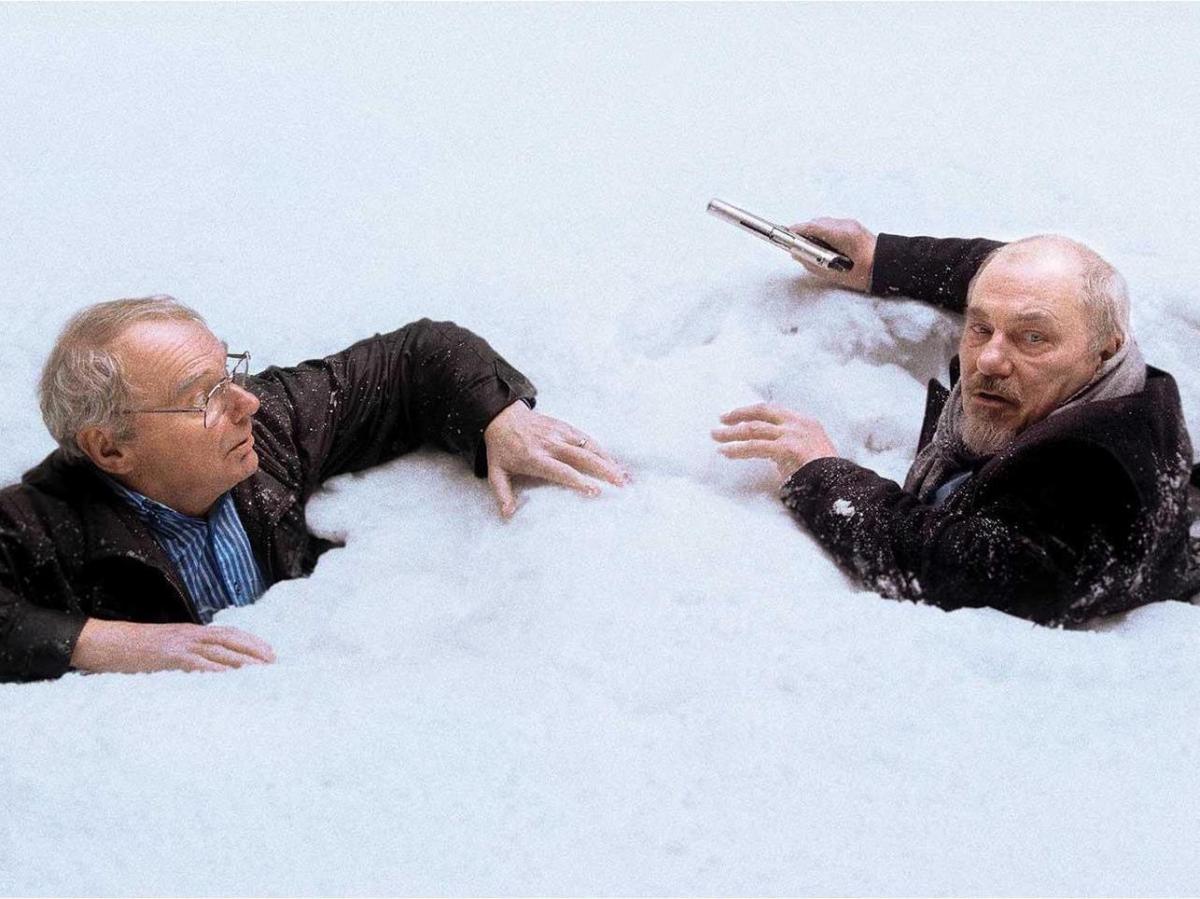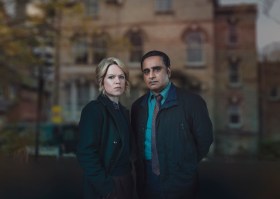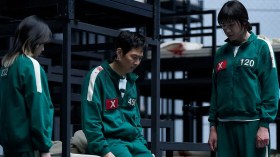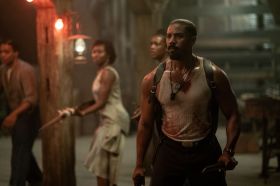With their shelves filled with inexpensive, easy-to-assemble but far from indestructible homewares, IKEA proves a fitting inclusion in a film about the enduring and the fleeting. Which side of the divide the globally recognised brand falls on isn’t difficult to discern, particularly when posed as the big, brash competitor to a family-owned custom-made furniture store; however the observational comedy that is Here Is Harold (Her er Harold) does more than highlight the disposable nature of the Swedish retailer’s products.
Anxieties about the throwaway, transient nature of modern life in general sit at the core of writer/director Gunnar Vikene’s (Vegas) latest feature, as the titular Harold (Bjørn Sundquist, Hansel & Gretel: Witch Hunters) finds his modest, dependable existence threatened by the blue-and-yellow champion of constant consumerism. When the chain opens their largest store next door to his business, he loses his livelihood, his home and his wife (Grethe Selius, I Travel Alone) in swift succession. Unable to connect with his journalist son (Vidar Magnussen, TV’s Side om side), Harold focuses his emotions towards the man he deems responsible for his misery. Thus a revenge plan is born, with the mild-mannered Norwegian trekking to Sweden to abduct Ingvar Kamprad (Björn Granath, Crestfallen), IKEA’s founder and one of the world’s richest people.
Vikene largely plays up the absurdity in his fanciful situation, imparting humour in Harold’s ill-thought-out and often thwarted attempts to cope and kidnap, and shoehorning in slapstick antics set against a series of suitably snowy backdrops. And yet, the film’s concern with the lack of lasting ties in contemporary times remains, as thoughtfully conveyed in two central relationships: between Harold and Kamprad, who prove more similar than the would-be captor cares to admit, and between Harold and Ebba (Fanny Ketter, The Bridge), the lonely sixteen-year-old girl fleeing trouble at home by becoming his pseudo accomplice.
That both bonds are predicated upon people searching for something more meaningful is never in doubt, but its brand-name shorthand aside, Vikene ensures Here Is Harold never languishes in heavy-handed territory. It is with patience and a sense of balance that he constructs his amusing take on the common current-day existential crisis, as focused on the personalities at the feature’s fore. Precise performances certainly assist, with much of the movie’s mood hanging on Sundquist’s subtle mannerisms. Whether bickering with Granath or acting paternal around Ketter, his is a portrayal more expansive than initially indicated by his demeanour.
Preferring depths to surface flair is the running concern, of course, manifesting not only in Here Is Harold‘s lead, but also in a visually routine affair that showcases characters over aesthetics. Just as he found an ideal example to illustrate his scenario, Vikene has fashioned a film that typifies his theme. Indeed, what better way to tell a tale about eschewing the shiny and new than to build a solid effort that does just that?
Rating: 3 stars out of 5
Here Is Harold (Her er Harold)
Director: Gunnar Vikene
Norway, 2014, 87 mins
Scandinavian Film Festival
www.scandinavianfilmfestival.com
Sydney: 8 – 26 July
Melbourne: 9 – 26 July
Canberra: 14 – 26 July
Brisbane: 16 – 26 July
Byron Bay: 17 – 23 July
Adelaide: 22 – 29 July
Perth: 23 – 29 July
Hobart: 23 – 29 July
Actors:
Director:
Format:
Country:
Release:





